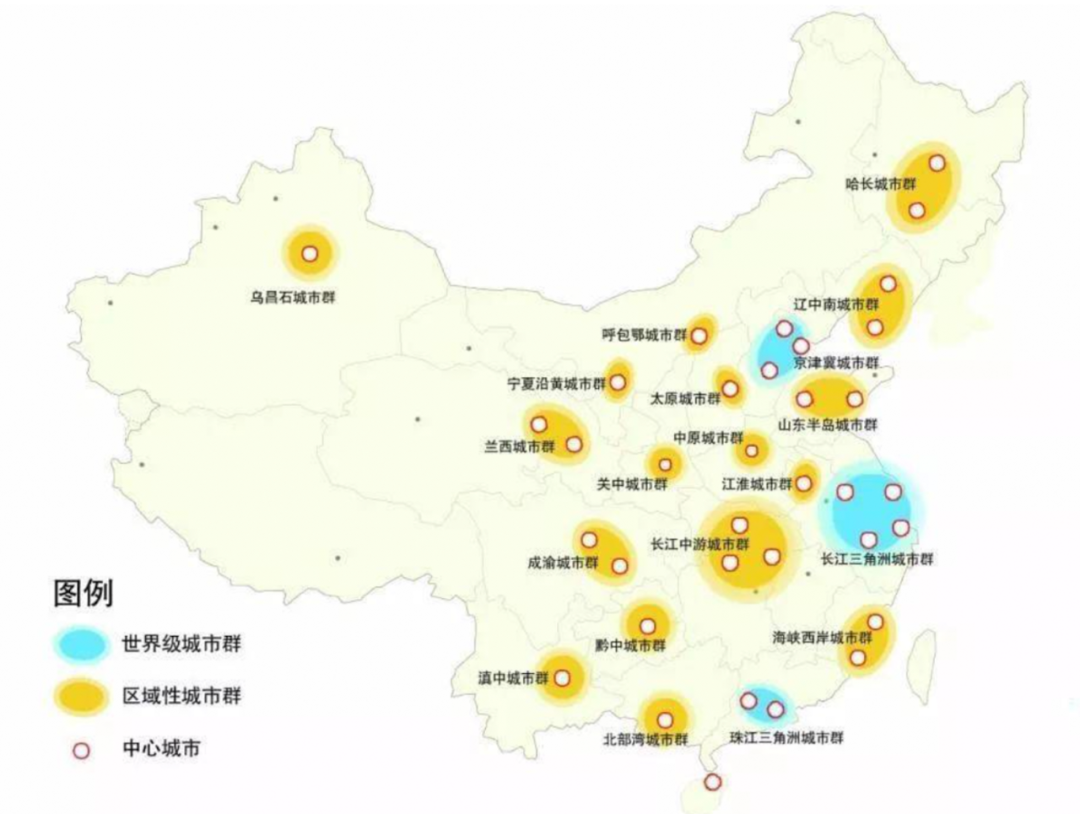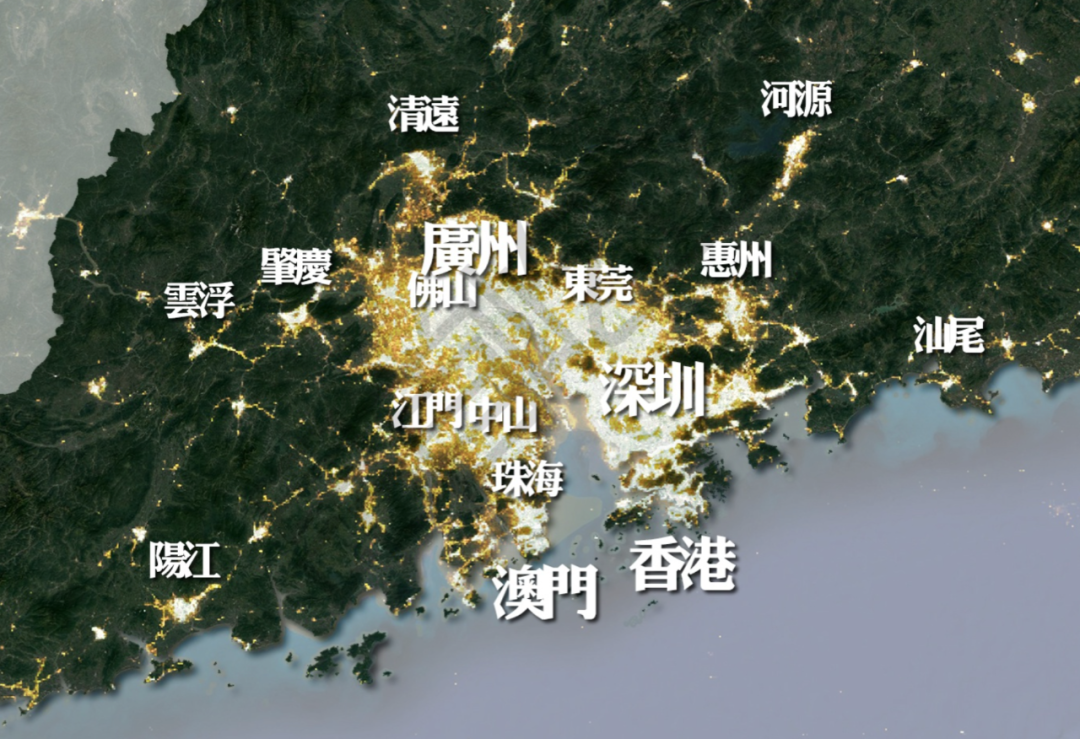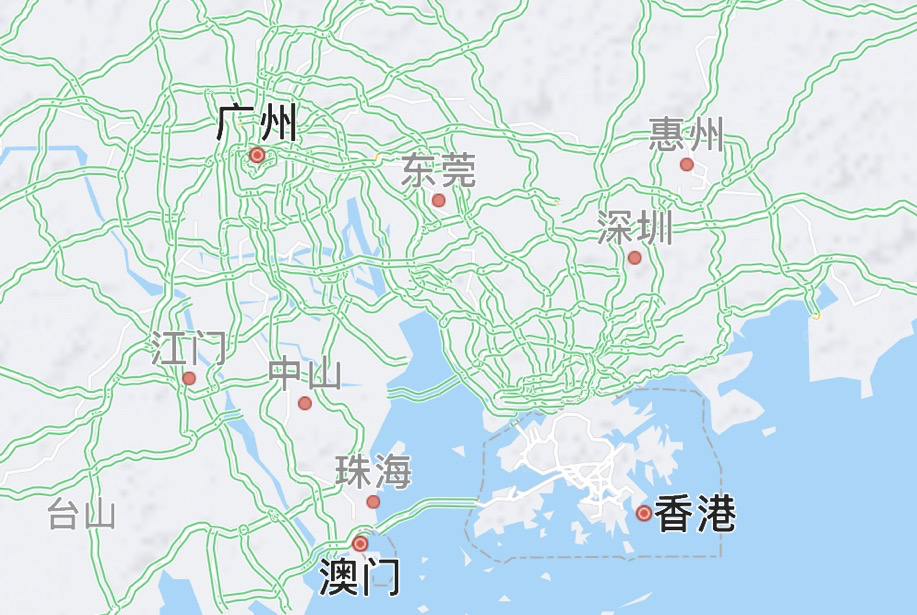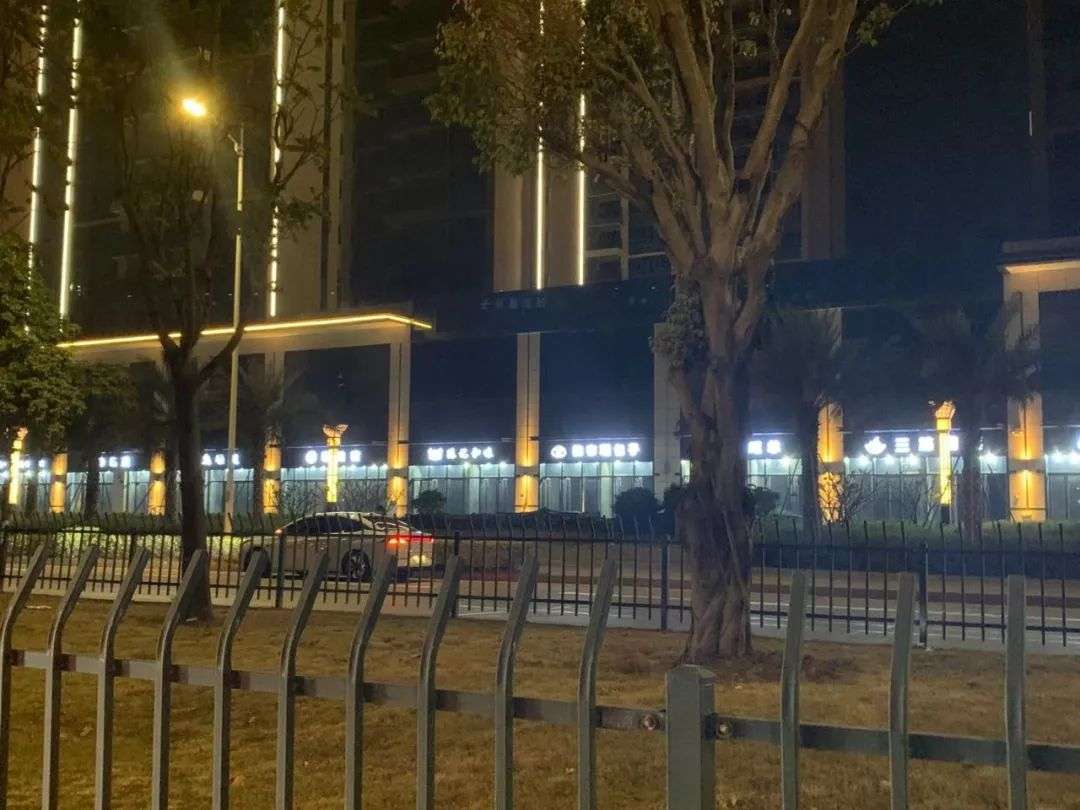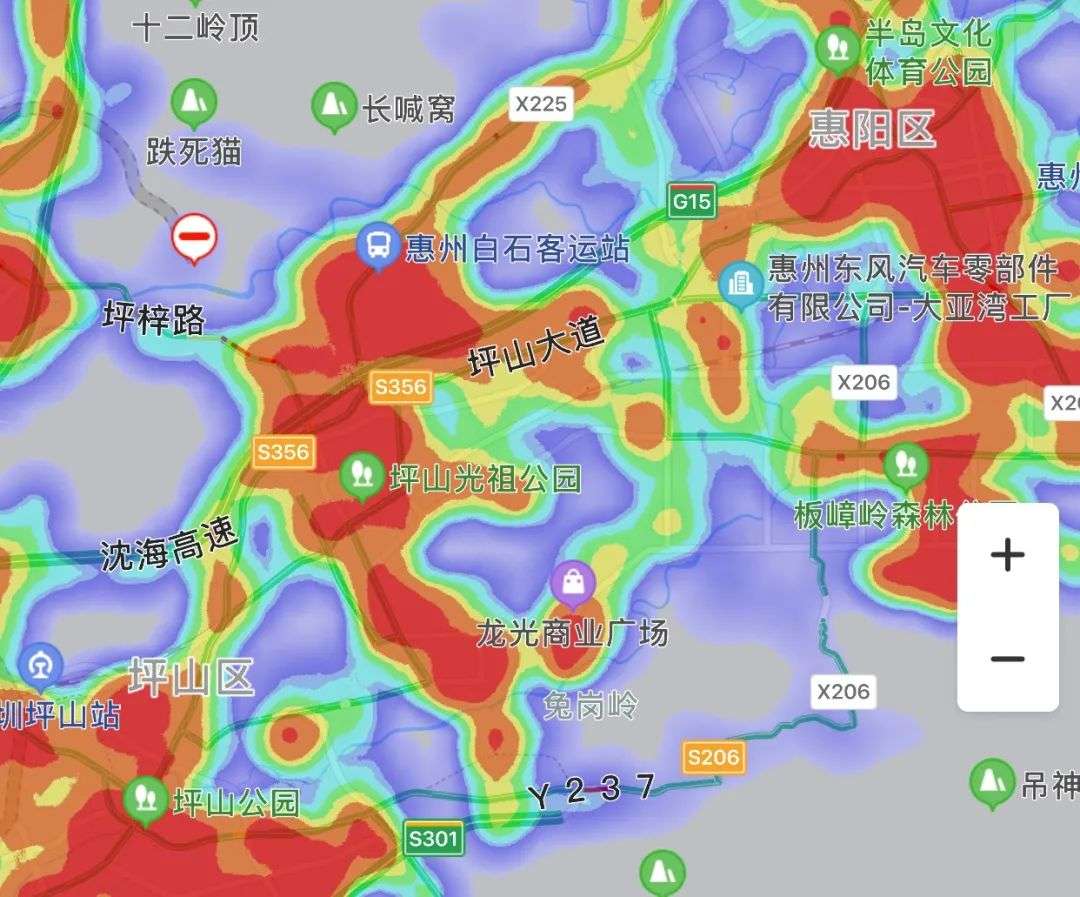Pay attention to Zimu and gain insight into the property market
Editor’s note: This article is from the WeChat public account “Zimu Chateau” (ID: zimuliaofang) , author: sub-wood.
“Some new houses around cities really cannot be bought.”
Yesterday, an old classmate cried out in the alumni group that the investment house he bought with high leverage was so draped that it could not be sold or rented out.
I remember that when she took the house last year, she was still giving out red envelopes in the group, saying that she had made a shrewd judgment. At that time, everyone expressed joy and called her savage vision, a hero of the female middle school.
She bought a new house in a small city next to a key second-tier city. The local plan for this new area is extremely high. It claims to be connected to the second-tier city industries, meet the demand for housing in just-needed cities, and jointly build a super city cluster.
With a population of 700,000, the price of a new house was as high as more than 20,000 per square meter, which is embarrassing. But she is not afraid. She said that buying a house depends on the future and must respond to the concept of a national-level urban agglomeration. It also compares Kunshan to Shanghai and Dongguan to Shenzhen.
Indeed, in the past, it was impossible to buy a house in a big city. Investing in conceptual surroundings and then replacing it in the city might be a shortcut for overtaking on a curve.
But after the last round of the housing price cycle, when the value of real estate was completely anchored by “strength”, the concepts of urban agglomerations, free trade zones, and new districts gradually faded, and they even became a lie to fool people into buying houses.
1
I have no choice
The term urban agglomeration may be familiar to everyone, but few people know its historical background and true meaning.
The earliest emergence of the concept of urban agglomerations in China was in the 1990s. At that time, it was in the early stages of industrialization during the reform and opening up. The cities in the Yangtze River Delta, Pearl River Delta and Beijing-Tianjin-Hebei cities in coastal areas not only developed rapidly, but also accounted for the entire country in terms of economic scale. The proportion is getting higher and higher.
But in fact, for 20 years since then, China has never paid much attention to the development of urban agglomerations. Instead, it advocated the practice of “spreading big pie everywhere”, that is, not only must all cities develop, all counties and villages We must develop together.
This may stem from trust in the place, or it may be the idealized pursuit of Marxist wealth.
Then we have up to 20 yearsBoom In the fierce city building movement, the central bank issued a large number of Money smashed into the vast land, and the splashes that were stirred up turned into tall buildings rising from the ground.
However, although the country is vast, not every piece of land is suitable for human survival, large-scale development and massive construction of modern buildings.
Moreover, the truth of “people go to high places and water flows to low places” has existed since ancient times. When cities are only busy building cities without thinking about how to attract investment and provide more lucrative job opportunities, population Will accelerate the outflow, causing the previous investment to be in vain.
If things go on like this, most of the previous investments in real money in cities have fallen short. Therefore, in 2015, some institutions broke out that local invisible debts were too high, and there was also a five-year property market cycle that started to destock real estate afterwards.
At the same time, starting in 2015, the concept of urban agglomeration has been mentioned on paper.
In March 2016, the national “Thirteenth Five-Year Plan” outline clearly stated the need to “speed up the development of urban agglomerations.”
Because everyone thinks it clearly that instead of spreading the pie, most cities lose money when investing in them, it is better to concentrate energy on the core cities, and then let the core cities drive the development of surrounding cities, and achieve co-prosperity in group development, which is in line with urbanization development the trend of.
2
Hungry City
Beginning in 2015, urban agglomerations have become the mainstream thinking. Provinces and cities have successively applied for approval of urban agglomerations. From the beginning, the three major urban agglomerations of the Yangtze River Delta, the Pearl River Delta, and Beijing-Tianjin-Hebei have expanded and extended.
According to public information, from 2015 to the present, the State Council has approved plans for 11 urban agglomerations, and plans for 19 urban agglomerations across the country have been completed, such as Chengyu, the middle reaches of the Yangtze River, the Central Plains, the Guanzhong Plain, Harbin, and the North Bay, Lanxi, Hubao’e urban agglomerations and so on.
You will find that wherever there are cities, there are urban agglomerations. We have transitioned from the vigorous age of stalls and pancakes to “flowering everywhere”. In almost all new home sales offices in cities, the sales statement must include urban agglomerations. This concept.
“It’s not a group of citiesTogether, cities are called urban agglomerations, but are driven by central cities. A group of cities can complement and interact with each other in industries. “
This is the main concept of urban agglomeration, but in fact, most central cities are still in a state of “hunger”, let alone driving the development of surrounding cities.
Looking at the development planning strategies of various regions over the years, you will find that almost all the provinces across the country have directed all resources to the central cities. It is the so-called vertical power of one province to build a city, such as Wuhan in Hubei, Hefei in Anhui, and Henan in Zhengzhou, Xi’an in Shaanxi…
The accumulation of resources, the rapid economic development of central cities, and the increasing opportunities for making money, have begun to accelerate the siphoning of funds and talents from the surrounding areas, cyclically, and finally formed a dominance pattern.
The final outcome of such a trend is very similar to the evolution of the Beijing-Tianjin-Hebei urban agglomeration. Everyone can see how Tianjin and Shijiazhuang are currently.
So, this old classmate bought the house around the “hungry” second-tier cities, and the ultimate fate was only one: quilt to death.
3
When the city has no borders
Speaking of this, many people have to ask, are all urban agglomerations like this? Time is flowing, and it doesn’t work now, doesn’t mean it won’t work in the future.
City agglomerations are an inevitable trend. If you want to predict which urban agglomerations can succeed, you also need to study the current successful cases, the Yangtze River Delta and the Greater Bay Area. Among them, I think the Greater Bay Area is the most meaningful for teaching.
Because many cities in the Yangtze River Delta, such as Shanghai, Nanjing, Hangzhou, Suzhou, Wuxi and Changzhou, all have history and cultural heritage, but the only real history in the Greater Bay Area is Guangzhou, and Shenzhen is only 40 years old.
There are not many cases where the potential of an international first-tier city cluster can be built in such a short period of time.
The first element of the success of the Greater Bay Area is the early transportation of heavy warehouses, so that the city has no boundaries.
Every time I travel to the Greater Bay Area, I can only use two words to describe my feelings: convenience.
The craziest time was when I set off from Shenzhen in the morning, went to Dongguan in the morning, then arrived in Guangzhou in the afternoon, and arrived in Zhuhai in the evening. I could travel to 4 cities in one day.
Sometimes I’m too tired to drive, so I choose to take a taxi. There are a lot of cross-city rides between cities in the Greater Bay Area, and it’s very convenient to book a ride online.
The traffic tracks of the entire Greater Bay Area are intertwined like a net, and each vehicle is a flowThe moving blood carries countless “businesses”.
On this basis, cities have accelerated their construction and gradually become one piece.
Show you a picture I took during a business trip in the Greater Bay Area. What can you tell from this picture?
Isn’t this just an ordinary city photo? Otherwise, this picture actually contains two cities, separated by a street, Shenzhen on this side, and Huizhou on the other side.
After years of development, Shenzhen’s Pingshan District and Huizhou’s Huiyang District are connected together. This may exceed many people’s understanding of the city, but this is the true appearance of the urban agglomeration.
It is not only Shenzhen and Huizhou that are connected together, but also Shenzhen and Dongguan. In the Greater Bay Area, Dongguan is also connected to Guangzhou, and Guangzhou is connected to Foshan.
When I travel to the Greater Bay Area on business, I often meet people traveling between the two places. Many white-collar workers work in Shenzhen and Guangzhou to make money. They live and live in the surrounding cities, which not only guarantees their wages but also allows them to settle in the Greater Bay Area. The living facilities can fully meet the needs of life.
Similarly, the industries of Shenzhen and Guangzhou are accelerating to overflow to surrounding cities, thus forming “
